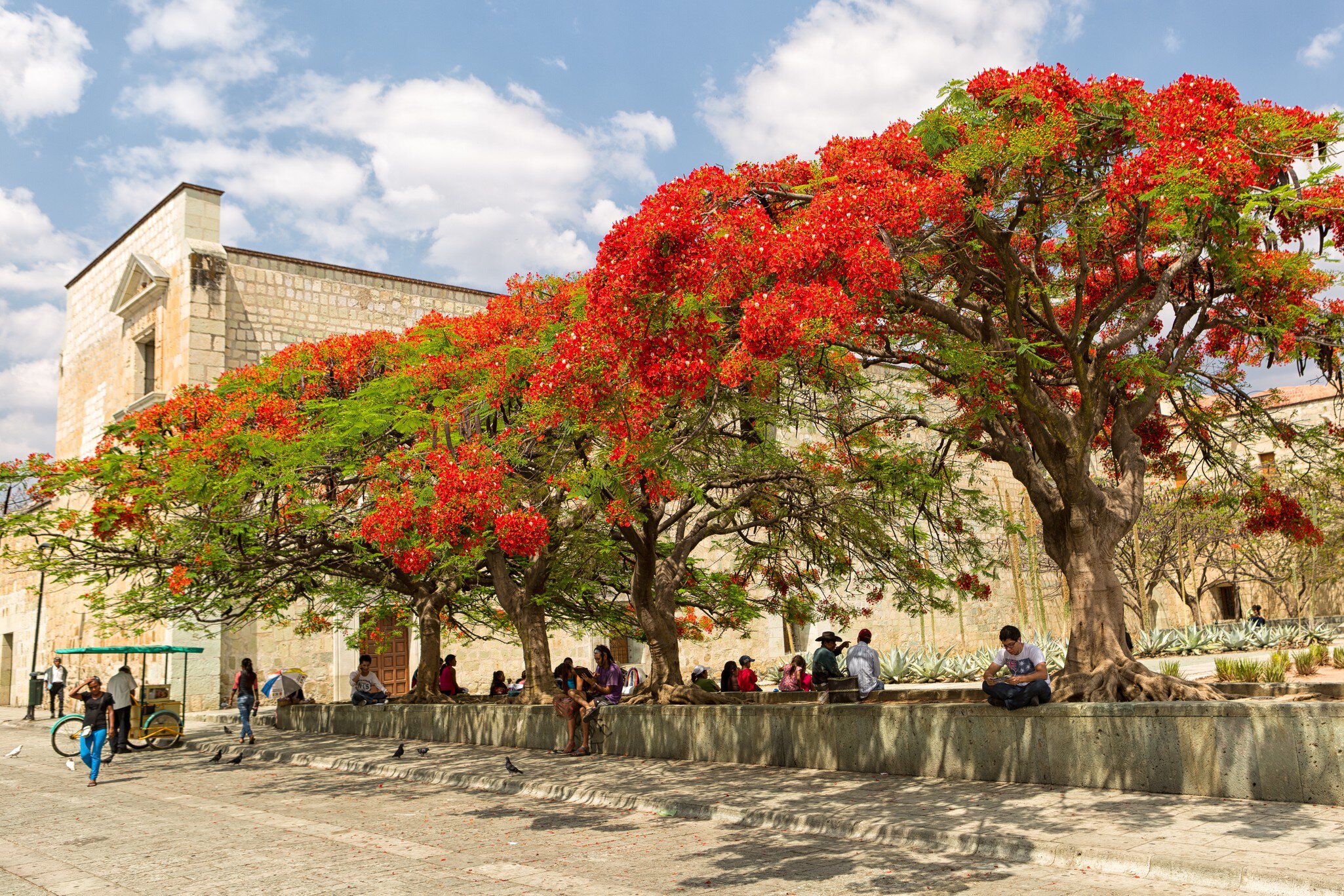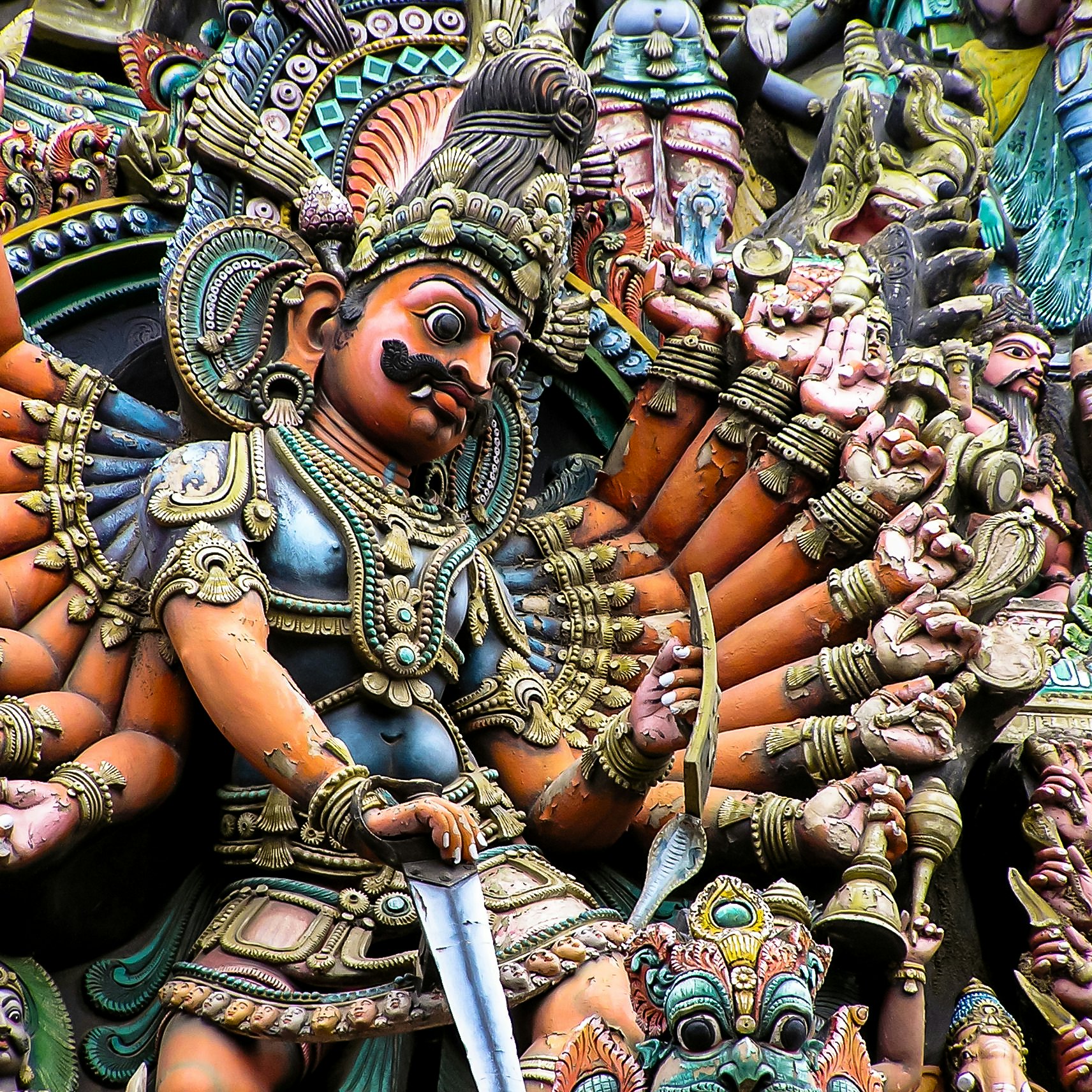
Overview
Tamil Nadu is the homeland of one of humanity’s living classical civilisations, stretching back uninterrupted for two millennia and very much alive today in the Tamils' language, dance, poetry and forms of Hinduism.
Lonely Planet's Recommended eSIM
Stay connected in Tamil Nadu
Saily is an affordable eSIM service that helps you stay connected and secure, anywhere in the world.
Must-see attractions
Get a book. Get inspired. Get exploring.
in partnership with getyourguide


















